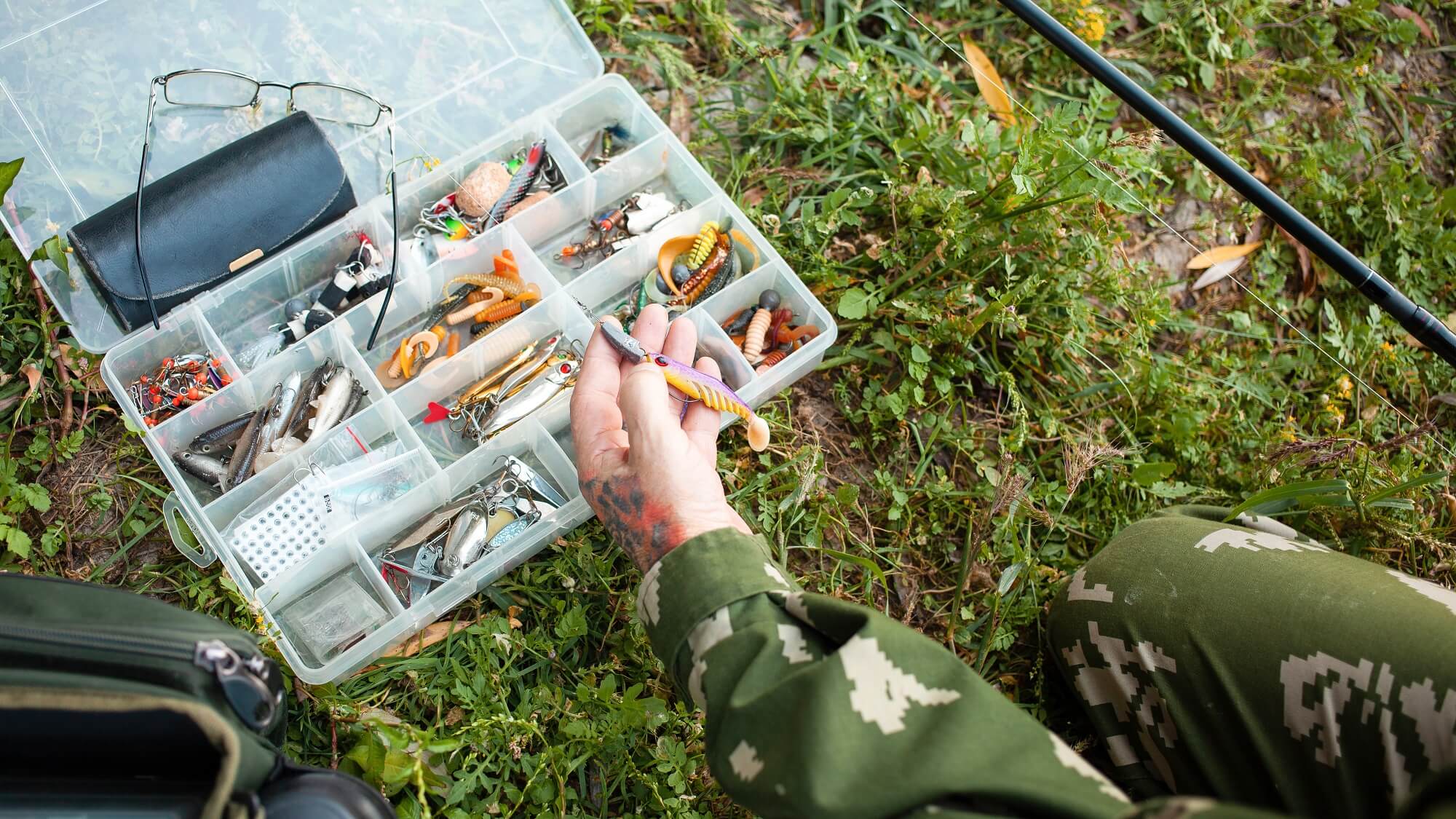Choosing The Right Fishing Hook.
While there are thousands of hooks available, you can reduce your options by following a few easy guidelines. This fishing hook guide will provide you some advice on how to choose the appropriate hook.
All fishing hooks are basically made up of the same parts, Some hooks have a welded eye, (stronger), and other hooks are bent over to make the eye. The hook shank goes from the eye to the bend. The space between the shank and the hook point is used to determine the size of the hook, this is called the gap.
A barb on the hook tip prevents it from backing out of the fish. Barbless hooks are more safe for both the fish and the angler. On an offset hook, the hook point is slightly out of alignment with the shank, improving the chances of hooking the fish. Even though all hooks share the same parts, there are many variations to create the best hook for a specific type of fishing.

Circle Hooks.
The circle hook is one of the most significant advances in fish conservation. The hook point, as the name implies, circles over and points at the shank. Tension on the line drags the hook through the fish's mouth and around its jaw when it bites a circle hook. This movement prevents a fish from being deep-hooked, which is one of the primary causes of post-release mortality. Some fisheries require the use of circle hooks, which have been shown to save fish lives.
Natural bait works well with circle hooks. When the fish bites, keep the line firm, and the hook will make its way into the corner of the fish's mouth. There is no need to haul back on the rod because the circle hook accomplishes the job. Some fish are still deep hooked on occasion. To increase survivability, cut the line and release the fish with the hook still on, rather than attempting to remove it.

Treble Hooks.
Some fish strike so violently that the only hope of hooking them is with a treble hook. Treble hooks have three hook points on one shank to snag the fish when it attacks. Treble hooks are used on artificial lures to catch the fish before it spits the bait. Live bait anglers often use treble hooks to snare violent fish. Always use pliers to remove a treble hook from the fish.

Choosing A Fish Hook.
Choose a fish hook that is appropriate for the size of your bait and the fish you intend to catch. Use the tiniest hook possible to improve the motion of a lure or bait. Never use a hook that is larger than the bait. Anglers use a hook with a narrow gap to fit inside the fish's small mouth. Shark anglers need on a large hook to survive powerful jaws and teeth, so use caution when choosing your hook.

On your next fishing expedition, use barbless fishing hooks if you are practicing catch and release. When you throw the fish back, it is less likely to be injured or killed from internal hook damage.

The two most common reasons anglers fail to land a decent catch, If your hook is dull, it will not effectively hook the fish. Most of the time, if you use an improper hook, the fish will steal your bait.
Always use the appropriate hook for the bait you're using, and keep your hooks sharp.

If you're new to fishing, spend some time practicing the fundamentals before venturing out onto the water. Practice tasks such as baiting hooks and tying knots. No matter where you fish, always leave your surroundings as clean as you found them. Never throw trash, used fishing line, or other rubbish into the sea or river systems. Always make sure any camp fires are extinguished.


Should I Get My Name Engraved On My Fishing Tools? Police Say Yes!!
Are You Having Trouble Choosing The Best Lure For The Right Job?